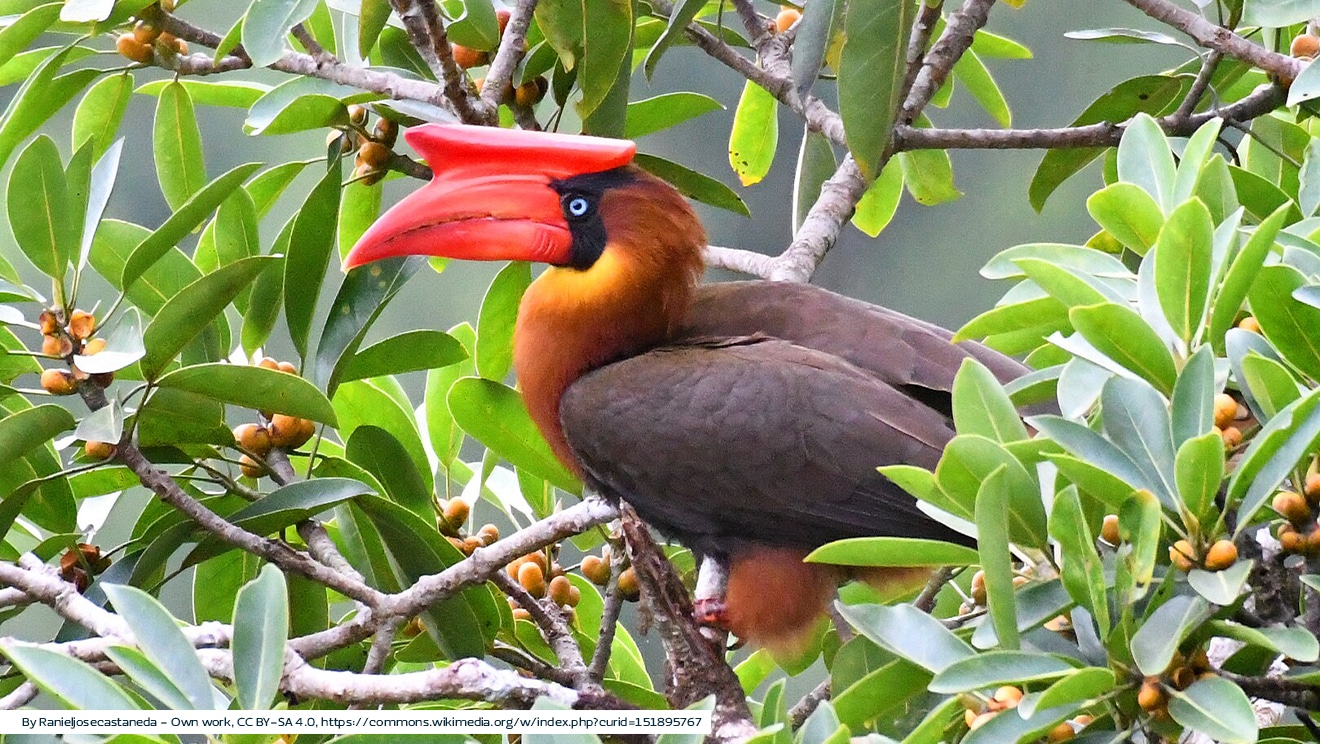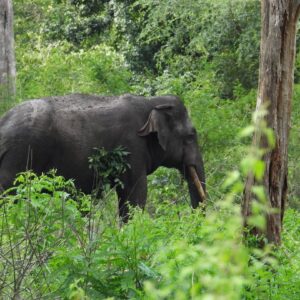The Philippines is one of the most biodiversity-rich countries in the world, with an exceptional number of endemic species of plants and animals, many of which are threatened. These include 1,777 species listed in the International Union for Conservation of Nature (IUCN) 2024 Red List of Threatened Species. In the terrestrial realm, the main threat to biodiversity is from forest loss. The Philippines has just 7% of its original forest cover remaining since the 1900s, and the lowland forests on the main island of Luzon are some of the most depleted. Laguna Province, situated in southeast Luzon, is home to the largest intact forests close to Manila.
Christians in Conservation (CIC) – an Associated Project of A Rocha International – aims to mobilize Filipino Christians to take an active role in caring for God’s creation, particularly in conserving Philippines’ forests. CIC has been operating in the Philippines since 2013, where its first field study was in Cavinti, Laguna, specifically in the property owned by the Deaf Evangelistic Alliance Foundation (DEAF) School. The property consists of 100 hectares of mostly regenerated forest filled with diverse flora and fauna. Seedlings of native trees were planted on ten hectares through the volunteer work of CIC members and DEAF School staff.
Currently, CIC hopes to pursue community-based forest restoration in at least another ten hectares of degraded forest in the locality in collaboration with the DEAF School, local churches and local government. Some of the species living in the Cavinti forest include the Large Rufous Horseshoe Bat Rhinolophus rufus and the Luzon Forest Frog Platymantis luzonensis.
Some of the plant species to be planted include the indigenous White Seraya Parashorea malaanonan trees with their tall canopy that provide nesting sites for the Northern Rufous Hornbill Buceros hydrocorax (pictured above), the White Lauan Shorea contorta that forms dense canopies and provides nesting sites for the Northern Sooty Woodpecker Mullerpicus funebris and the Lamog Planchonia spectabilis that supports species interactions by offering habitat and supporting pollinators.



